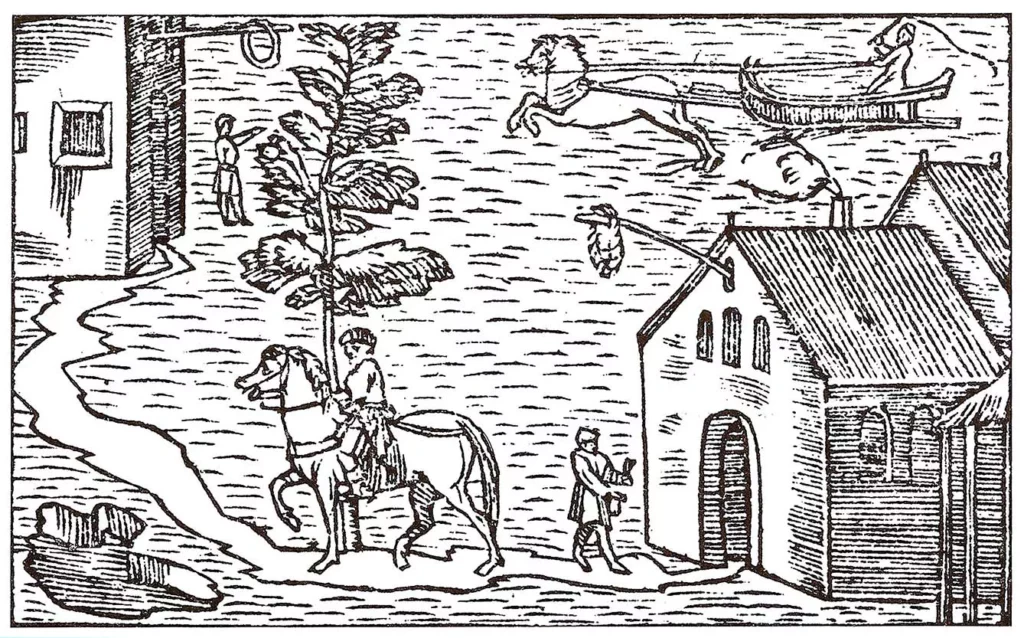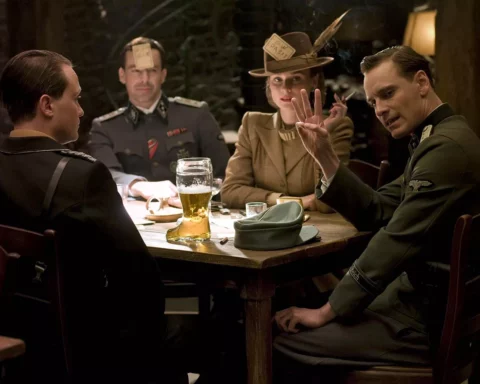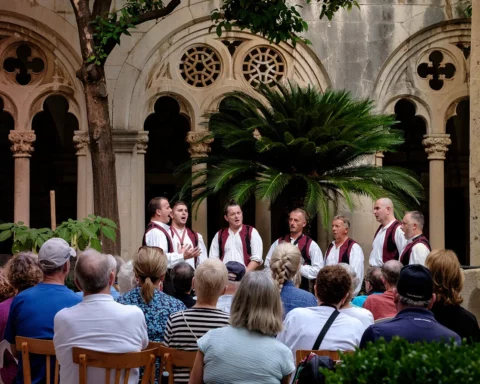If you Google it the right way, the Internet is full of rumors about a wise Polish innkeeper that decided to provide hospitality to travelers midway from Poland to Sweden. The information itself is not that curious until you realize that “midway” puts you directly in the middle of the Baltic Sea. And in medieval and early modern times, when this is supposed to have happened, technologically advanced offshore platforms or floating barges were not available.

It seems that in medieval Germany, there was little to wonder about. An early 14th-century chronicle mentions in just one sentence that “from St. Andrew’s Day [the last day of October] until mid-Fast [February], it was so frozen that merchants would use their carts to transport cargo between Norway and Sweden. On the sea, there were inns, where they would eat and drink.”
Does Baltic freeze?
Temperatures got even colder after the Middle Ages ended. The 16th century ushered in a so-called Little Ice Age. The Atlantic Ocean was generally colder, and this is the period where the first mentions of walking on foot from Poland to Sweden were noted.


But was it even possible? Technically, yes. The Baltic Sea is relatively low on salt – in some parts, it is even close to freshwater. It is connected to the ocean by several narrow straits, and its main bays are long and narrow. If temperatures were low enough, it could easily freeze over.
Maps as a proof
Of course, today it’s hard to imagine such a situation. Only the northernmost parts of the sea are frequently covered with ice, and even there rarely is it thick enough. But then again – take the example of Estonia, where up to seven official ice roads open during wintertime. It takes a few kilometers to drive to several sea islands.
This Estonian custom may provide some clues that explain the genesis of the inns. It also serves as proof supporting the Carta Marina argument. On this map of the Baltic Sea area, drawn in the early 16th century, there are lots of inns, along with people skating and sledding, and even armies crossing the sea with cannons. However, this all happens near the coastline and not in the middle of the sea.
On the strip just offshore of the southern part of the Baltic, there is a chain of houses drawn one next to the other. These could be the legendary inns – which don’t seem to connect Poland to Sweden, though they do connect the coastal cities of the Southern Baltic Sea.
A flat frozen surface is actually a pretty safe way to travel since snow can cover road obstacles that might stop your progress. And with decent hospitality just offshore, the travel from today Lithuania to Denmark could be a pure winter pleasure.







